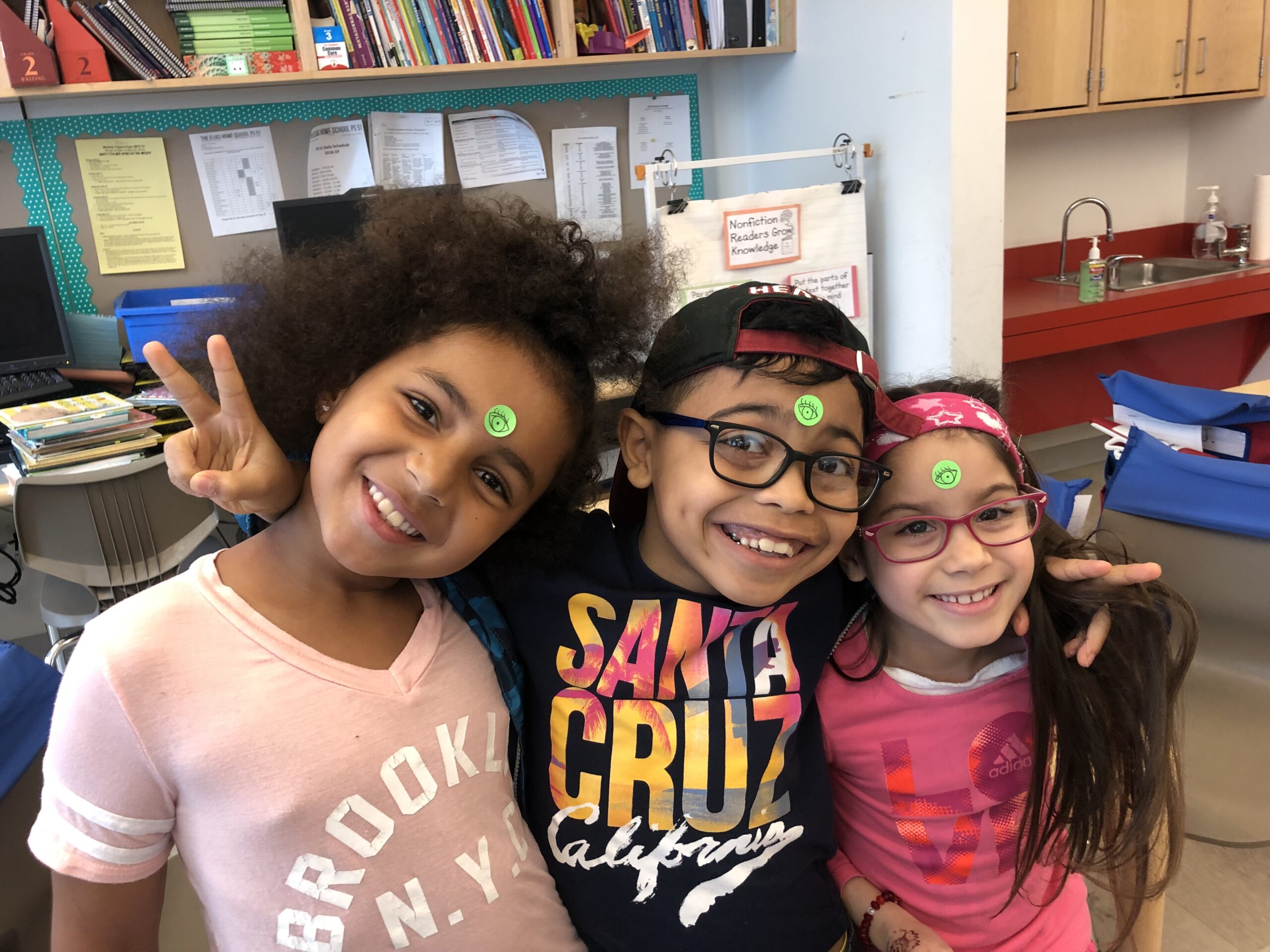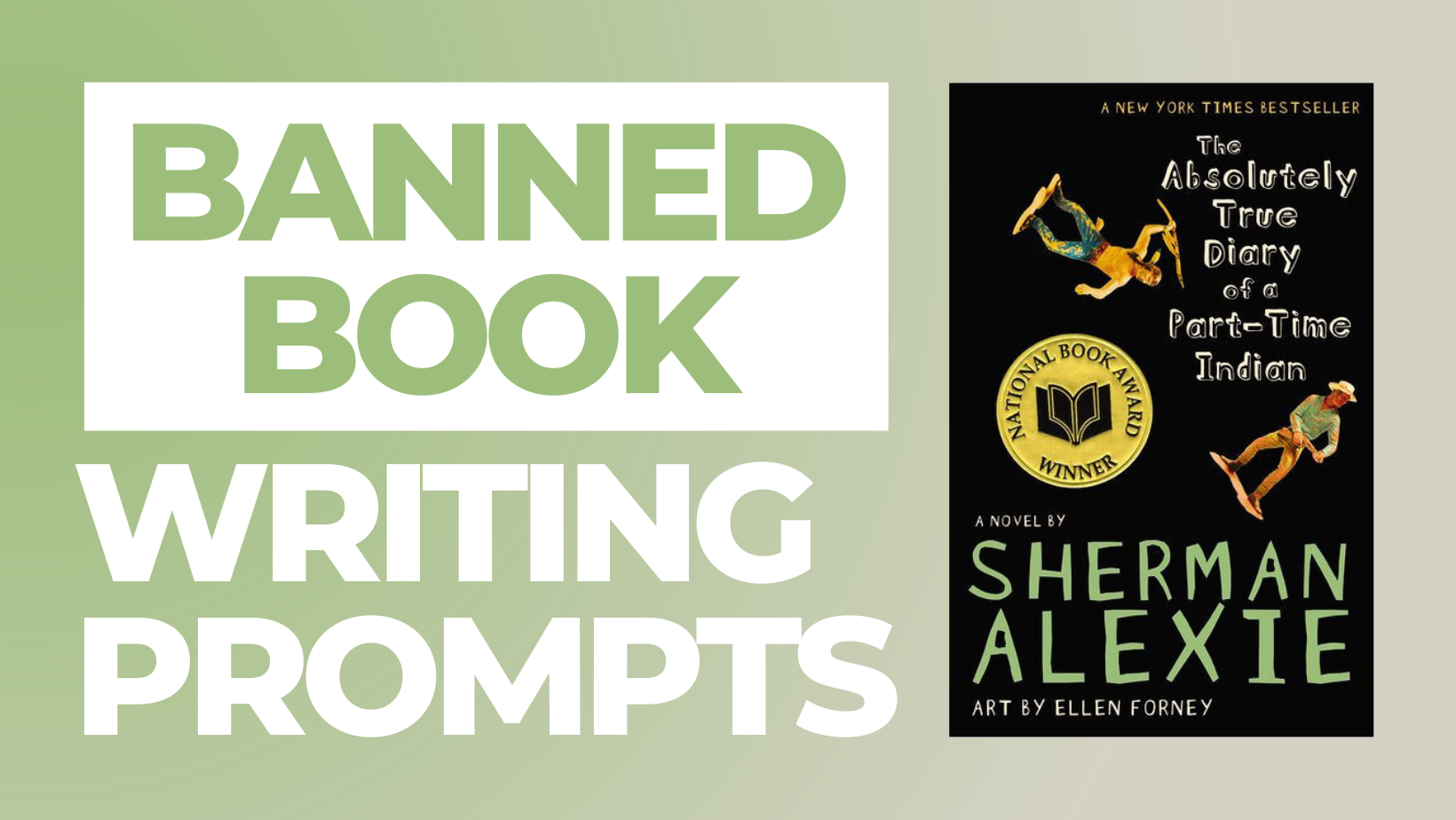FROM THE ARCHIVES: This article originally appeared in Teachers & Writers Magazine, Volume 14, Issue 4, page 7
I became a poet partly because of poetry’s great mystery, and partly because of a second-grade teacher I had who believed poetry was at the center of the universe.
I became a poet partly because of poetry’s great mystery, and partly because of a second-grade teacher I had who believed poetry was at the center of the universe. From the first day of school, she assigned us each a section of one of her generous blackboards. Every Monday morning, for all of second grade, each student was to fill in his or her space with a poem. If you copied a poem that you found in a book, you would be obliged to give a little talk on why you chose it, what you liked about it. But if you wrote an original poem, it would speak for itself.
The poems would stay up on the board all week until Friday, when, after five days of living with all of them, we would each get to choose the one we liked best and copy it down in a personal notebook.
At the end of the semester, we each compiled books made of our favorite poems from the notebook. We stitched them together and did art where we wanted art. By making these personal choices from the variety of styles and subjects available to poetry, we were all becoming editors without knowing it.
The work wasn’t graded, forbid the thought. It wasn’t something we did only at the end of the year when the usual schoolwork was finished. It was something we continuously heard, wrote, learned, copied, and delighted in.
In the meantime, she had us memorizing the Songs of Innocence by William Blake and listening to poetry, which she read to us, every day after lunch.
We never wrote any of those horrible dreadful cinquains which second-grade teachers promote in droves these days. Our poetry was more than fill-in-the-blank. Some was rhymed, some was not. If we were talking about “Little Lamb, who made thee?,” some of us might write letter poems to animals, asking them questions. If she read us “I’m nobody, who are you?,” we might write poems about who we felt we were. There was no single formula, but the many things we read and heard often served as triggering models.
If she read us “I’m nobody, who are you?,” we might write poems about who we felt we were. There was no single formula, but the many things we read and heard often served as triggering models.
In high school I was lucky enough again to have one teacher who always wanted to see what I was writing, even if she didn’t have time to comment on it in detail. But the rest of the years, writing was an “extracurricular” activity, something not worthy of classroom attention unless it was the usual book reports or term papers that teachers themselves prescribed.
Things don’t seem to have changed all that much. After eight years as a poet-in-the-schools all over Texas, I find that most teachers, with some wonderful exceptions, continue to regard creative writing as a rather frivolous animal. They seem to enjoy having it in their classrooms temporarily, as if it releases a beneficial energy and light in students. But when it comes to doing that kind of work themselves, there’s either “not enough time” or some other excuse.
A genuine ongoing interest in writing, which many students come to believe a writer-in-residence really possesses, is quite different from an occasional interest for the sake of filling up a bulletin board.
On the other hand, teachers who genuinely care about student writing always seem to have the healthiest, happiest, and most productive classrooms. They simultaneously teach basics and creative writing all year long. It becomes a part of real, everyday life.
True Stories
The Empty Assignment
A high-school creative writing teacher asked me to come see what was “wrong” with her class. “They just aren’t motivated,” she said. “I give them these great and easy assignments and they sit there like bored lumps.”
On the day I visited, the teacher opened class, “Good morning, everybody. Please welcome our guest. Today I would like you all to write descriptive poems or paragraphs on the sunset. At least a page long, and you must use the image of a grapefruit at least twice.”
She sat down. End of assignment. There was no discussion, no evocation of possibilities, no example pieces, no explanation of the Grapefruit Absolute, no energy generated or liberated, nothing. I couldn’t have written about the sunset at that moment if they had sent me up in a balloon. The rest of the class was spent by students looking at their own split ends and doodling on the edges of geometry textbooks.
In order to generate individual thought, one must first generate an atmosphere in which thought is likely to occur. The teacher might have asked questions about potent sunsets in people’s memories. Where were you standing? Were you with someone or by yourself? She might have read two or three pieces in which a sunset made an appearance, not dwelling on them extensively, but sending them out into the air.
Basically, the classroom procedure which works up to the writing often ends up being more important than the particular theme itself. It is not an instant motion. It is gradual, delicate, a process all its own. Presenting the orientation of a particular day’s writing, perhaps giving reasons as to why you chose a particular idea, encouraging discussion, getting the words going, inspiring by way of example—all these are a necessary preface to the classroom writing experience. Whenever I neglect one of these steps, for the sake of time or whatever, the class seems to stutter and stumble along, rather than flow.
Maybe the scope of the sunset/grapefruit assignment was too limited to begin with. The constraint of being overly specific (sunset with grapefruit) can be as inhibiting as the overwhelming liberty of generality (“Write about anything in the whole world.”). In the case of this assignment, what about opening it up a little, extending the possibilities to the sky?
One clue to effective writing assignments is: Be specific enough so there’s some ground to stand on, but don’t fill in too much of the scene.
Encouragement
I’ve been stunned by the way some teachers casually inflict their own bad moods or inadequacies on those they are supposed to be leading.
A veteran teacher responded to a boy’s piece on “the rooms in his brain” by saying, “Truly amazing, Raymond, I didn’t even realize you had a brain,” and then sent him out into the hall for weeping.
When I accused her after class of having been unthinkingly harsh, she said, “You don’t know kids like I know kids.” I wish I could say things like this have happened only once. Subtle insults, often in the form of a tease or a joke, spring out frequently, “I didn’t know you had it in you” or “Where did you steal that idea?”
If we’re trying to combat knee-jerk responses and cliché, we should do it in our own responses, as well as in students’ writing. A simple, thoughtful nod in response to a piece is much more encouraging than a flippant remark. The way a teacher or writer responds to a piece of work may also have everything to do with any attempted revision. “This is terrible, fix it” will get fewer results than a barrage of honest questions.
“Difficult” Material
If we encourage the use of “authentic” material—writing what one knows, from the vast resources of one’s own life—we should be prepared for “difficult” material.
If we encourage the use of “authentic” material—writing what one knows, from the vast resources of one’s own life—we should be prepared for “difficult” material.
Kids from poor socioeconomic neighborhoods tend to like fantasy, the”get-me-out-of-here-to-somewhereelse” variety, but they also tend to be very enlivened by the revelation that what is “actual” can also be part of a poem.
Last year we had one boy who wrote about going home every day and tripping over vodka bottles strewn across his living room floor. He didn’t want to wake up his father who was drunk in bed in the dark back room.
“I do it every day,” he wrote. “Tap, tap, quiet feet, it’s my comin’ home dance and I got it down.”
The piece was jazzy, funny, sad—and controversial, especially when the author announced he wanted to read it on a video program which would later be shown to the PTA.
“We can’t let him do it,” his teacher said. “We’ve got to get him to read something nice.” But he didn’t have anything nice. If it wasn’t his father’s vodka bottles, it was his mother and her boyfriend going “boom, boom, boom” out in the car. The teacher called in the principal, who was suddenly catapulted into an unusually jazzy mood himself.
“Tell it like it is, man,” he said, slapping the boy on the back.
And the boy’s poem was the hit of the show.
Someone else’s authentic material may not replicate the life we would choose for him or her if it were our job to do so. Our job is to help students discover material in their own worlds and heads, not postulate what it ought to be.
Preconceptions
Overcoming prejudices with regard to what a student may or may not be expected to accomplish may be much more difficult for a teacher who knows that student well than for a visitor who knows that student not at all.
“Visitors always have a great time in my class,” said one teacher, “because they don’t know who the creeps are.”
Maybe it’s hard to forget who flunks the spelling test every week, who’s always tardy, who wears a perpetual smirk, but if possible, try to achieve a fresh perspective when you get them to write. Pretend you never saw these faces before. Maybe Joe, who sits glumly in the back corner, will break out of his haze. Or Leo, the guy who never spoke one complete sentence all year, will suddenly wake up to freefloating images. It happens all the time. Keep the door open.
Over and over again the “worst student” has turned into the “best poet.” Cynical teachers attribute this miracle to the fact that the worst student has never remembered anything he or she learned and is therefore very original. An “F” English student who had “never shown any interest in anything” woke up in a jolt when Carl Sandburg was introduced to her classroom. She proceeded to write a remarkable poem which won the National Scholastic Writing Contest in her division and got a standing ovation from the Texas Commission on the Arts.
Her principal’s response? “I thought the grammar was kinda weird.” His prejudice was not so much against the particular student as against any language that was not “standard.”
Hands-on Writing
Personal participation by a teacher of writing is absolutely necessary. Would a homemaking teacher who never cooks be very effective? I’ve heard numerous creative writing teachers say they never write. I’ve seen a second-grade teacher obstinately refuse to add one line—a simple sentence!—to a collaborative poem her class was producing. “I can’t think of things like that,” she said, shaking her head. “But there’s no way,” some teachers say, “that I can walk around the room, prod people, read over their work, and be writing something myself! There isn’t time!”
If that’s the case, do a few spontaneous sentences on the board during the warm-up. Write something related the night before. Don’t be shy to erase and change what you say right in front of them. It provides an immediate example of editing and revising.
“Just remember,” says a writer friend, “It’s awfully hard to encourage someone else to have an experience with the blank page if you never had one yourself.”
Questions of Interpretation
Teachers should encourage the possibility of various interpretations when studying or making literature. Standardized tests have weakened our senses of perception to the point that some of us actually believe there is only one right answer to any question, one right interpretation to any dream. If two students seem to derive completely opposite meanings from an example (One says, “The guy is about to commit suicide”; the other insists, “No, no, it’s the happiest moment of his life.”), it would seem to be more useful to discuss both interpretations than to instantly accept one and reject the other.
Years ago after giving a reading of my own poems, I was approached by an elderly gentleman who said, “I really share your feelings about water. I lived by the water when I was a boy and it means a lot to me too.”
I thought, “Water? Did I mention water?”
He was smiling sweetly and shaking my hand. Obviously the water was in his head, not mine. But if, in some mysterious way, my poems revived his own memories, why should I argue with him about his interpretation?
If students can see literature as a region where a right/wrong stratification doesn’t necessarily apply, they may like it better, whether they’re reading it or writing it.
Literary Definitions
How important are literary definitions? In classrooms from Comanche, Texas, to Old Dime Box, students are dutifully learning long lists of poetic devices while rarely having the occasion to use them. Teaching a kid all these things is not a necessary prerequisite for writing. It may even get in the way.
“But how,” says one teacher, “do I teach them the difference between poetry and prose if poems don’t rhyme or give me anything to go by?”
I once heard William Stafford say, “I call it a poem if it looks like a poem. If I send it to an editor and he accepts it as a poem, it’s a poem.”
Or this, from a second-grader, “A story is fat. A poem is only half-fat.”
Jorge Luis Borges once answered a Texan who was nagging him about definitions, “Poetry is so essential that if I define it, I am watering it down. How do I define yellow? You either see it or you don’t. I can’t say anything more because poetry seems to me to be one of the essential things in life.”
Jorge Luis Borges once answered a Texan who was nagging him about definitions, “Poetry is so essential that if I define it, I am watering it down. How do I define yellow? You either see it or you don’t. I can’t say anything more because poetry seems to me to be one of the essential things in life.”
Our job as teachers and writers is to help students see that yellow.
Naomi Shihab Nye is a poet and songwriter born in 1952 to a Palestinian father and American mother. She grew up in St. Louis, Jerusalem, and San Antonio. Both roots and sense of place are major themes in her body of work.



